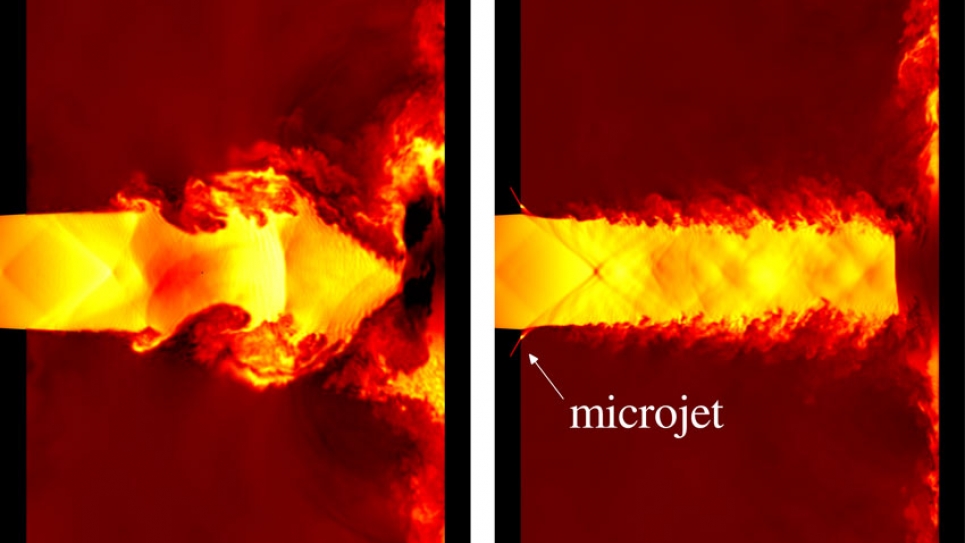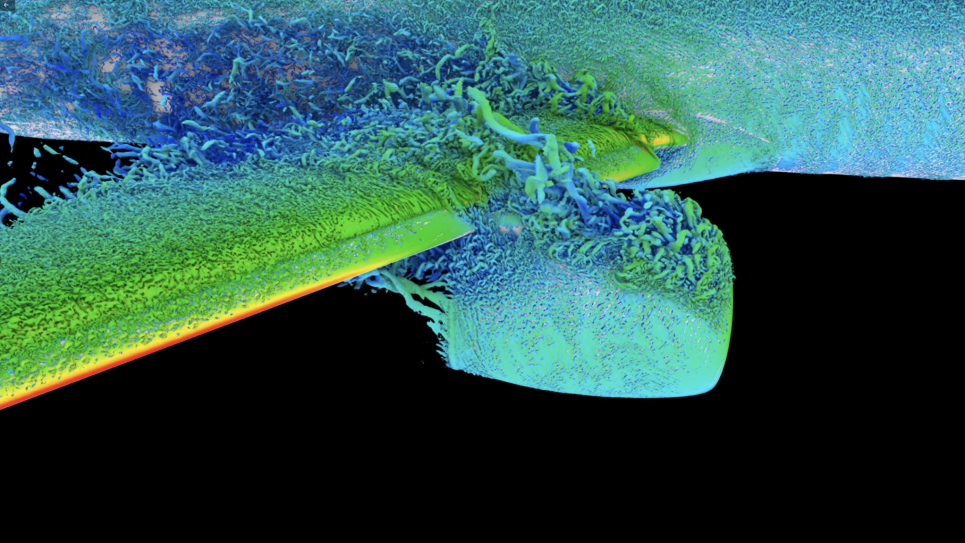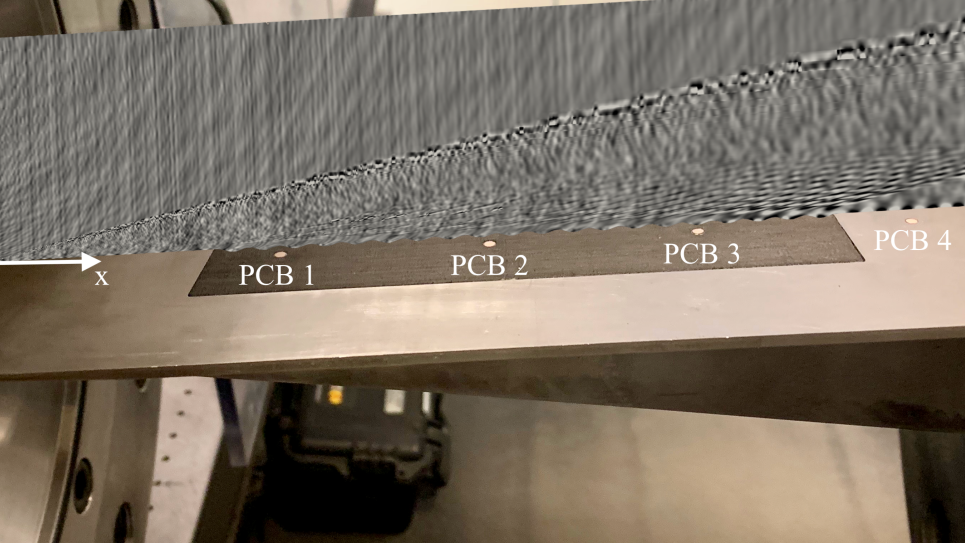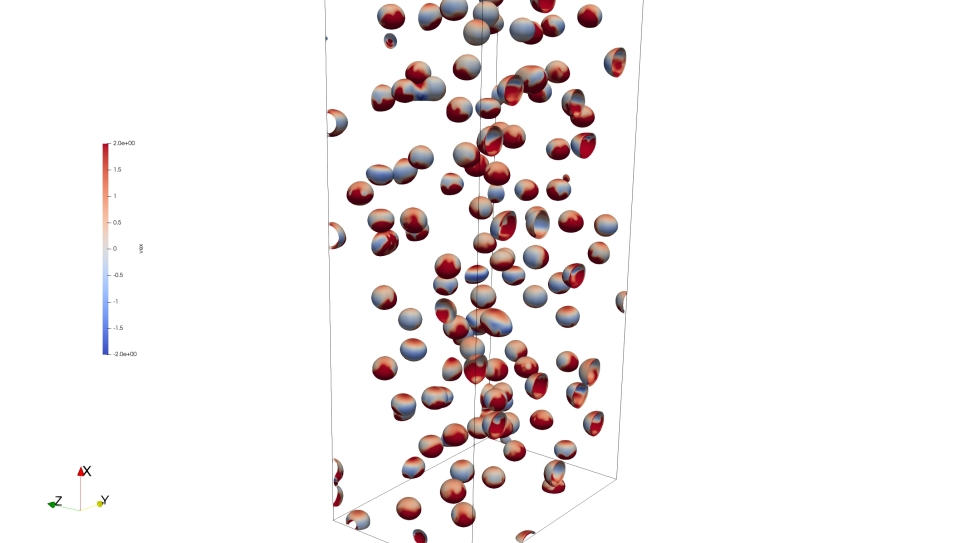
Large-Eddy Simulation for the Prediction and Control of Impinging Jet Noise
This project is motivated by the need for innovative strategies to reduce the noise produced by the high-speed exhaust jets of aircraft engines, among the loudest human-created sources of noise. Recent high-fidelity simulations performed at ALCF have demonstrated the predictive power of unstructured large-eddy simulations (LES) for aeroacoustics involving complex geometry. This project hopes to push beyond this previous work to develop groundbreaking prescriptive platforms for aeroacoustic design.
To control jet noise, the team will investigate the flow and noise associated with a supersonic jet impinging perpendicularly on a flat wall, modified by a ring of 16 microjet actuators that surround the nozzle lip. This problem is relevant to a number of aerospace and industrial applications, and contains complex interactions between turbulence, shocks, the wall, and acoustic feedback. The flow configuration, including microjets, is precisely represented by unstructured meshes.
The geometry exactly matches that of an experiment underway at state-of-the-art aeroacoustic test facilities at the Florida Center for Advanced Aero-Propulsion (FCAAP) at Florida State University, by a group with whom the team is collaborating. The physics of the compressible turbulent flow are captured accurately using high-fidelity LES with an explicit subgrid scale model. Data extracted from these simulations will be used to construct reduced-order models, which will then be used to control new simulations through dynamic forcing of the microjets.
In addition to applications such as helping to make jet engines quieter, the information derived from this project provides unique and deep insights about the inner mechanisms and hidden dynamics of turbulent flows, in general.


